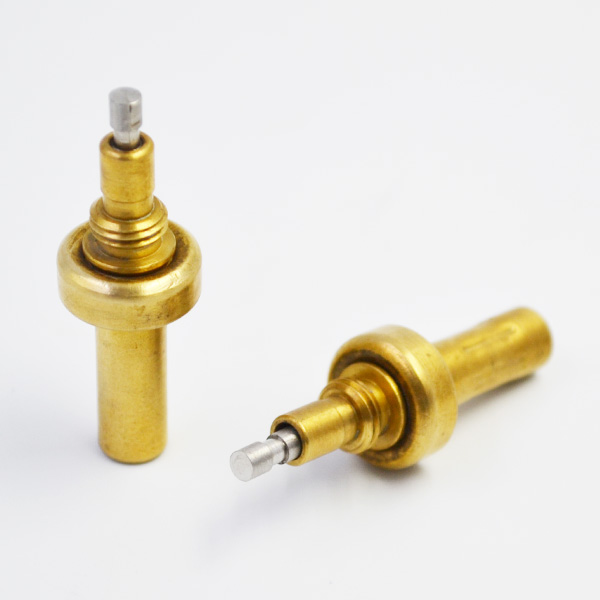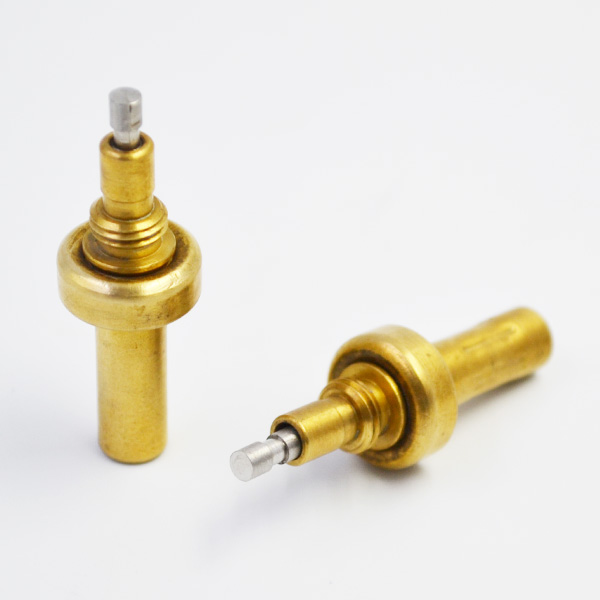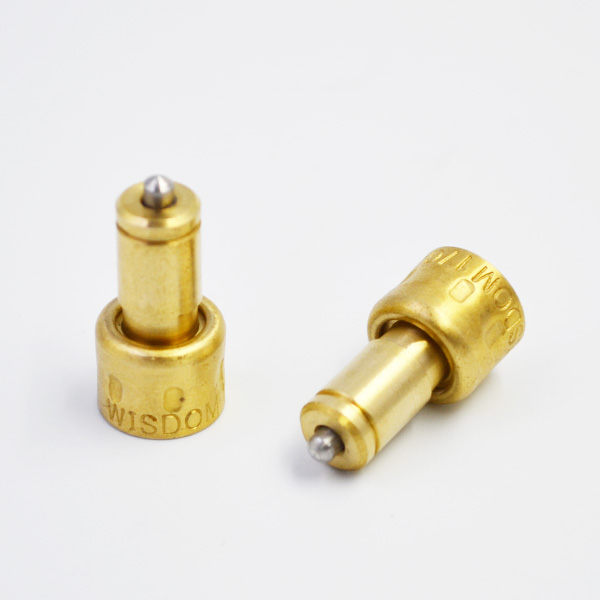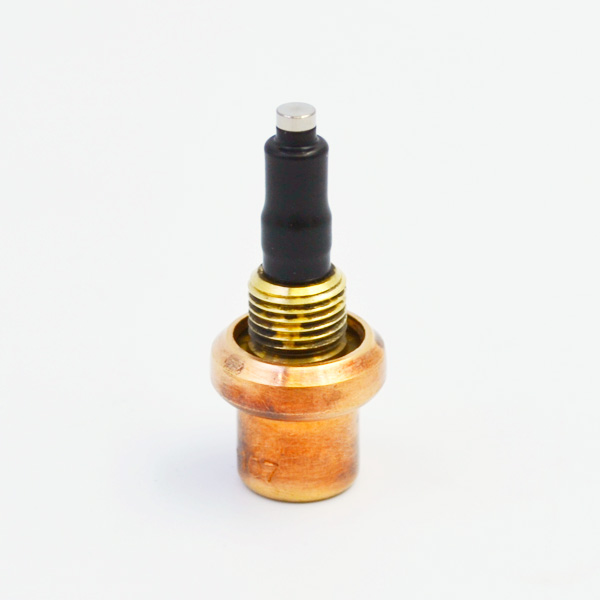Embedded controllers can be configured, which are widely used in the current market. This controller has a variety of algorithms and upper machine configurations. The controller can use the upper computer to send dynamic files graphically, while the lower computer, which mainly has the embedded operating system process, recognizes and runs the configuration files. With the rapid development of electronic technology, it is necessary to establish highly integrated building controller. Embedded configuration control has the advantages of simple operation, flexibility, ease of use, thermostatic element easy maintenance and modification.

It can meet the needs of different users and is the key to realize automatic field control. Configuration software includes PC configuration and ARM configuration.

Configuration software is to configure the computer software and resources reasonably. According to the pre-set, the computer software is automatically changed into tasks to meet the needs of users. The graphical interface composed of configuration software is composed of several simple primitives, which is a very important part of configuration software. The graphical principles of configuration software include: displaying data components, buttons, etc., such as OLRE documents, ActiveX, controls, etc. Among them, the appropriate number of primitives is a simple basic primitive. Each primitive has its own appearance attributes, which can be expressed as static or dynamic. In object-oriented design, meta-objects can be manipulated as abstract classes. After classifying graphic elements, we design CDarwobj primitive class for object-oriented. CDarwobj can also generate primitive class like CDrawText, and each class can be used as interface of basic class. When the acquisition module configures who, it needs input and output, control algorithm and other parameters.
Configuration algorithm is an important part of software configuration, which plays a skeleton role. Each control algorithm has ActiVeX upper control. After the upper configuration of the graphics group is formed, the algorithm is stored in the lower control operation, and then the graphics elements are changed into parameters and loaded into the FLASH lower computer. At this time, the lower opportunity uses the algorithm according to the configuration parameters in the algorithm library to realize the operation. For example, using the PID algorithm, we define the data of detection, exposition, output, input and parameter control, and describe how the parameters operate in the controller.

If two PID control algorithms are used to construct cascade mode, the input PID algorithm is determined by the output of the control algorithm PID.
The control algorithm is connected with the controller and the software, and the corresponding exit and entry parameters are needed to enter each software.
After the graphic interface is designed, the configuration file can be generated by system variation. After analysis, the file can be transformed into text, and then loaded into FLASH slave computer by using communication protocol to complete functional control. In this paper, Modbus/TCP is used as the download communication protocol, and RTU of master station or slave station is used as the communication mode.

The upper computer is a turn, and the slave station is a controller, which communicates according to the data frame format of master station. The configuration download process is shown in Figure 1. Configuration file is to upload the information to the host computer and extract the corresponding information according to the program rules. Configuration files are generally binary codes, and FLASH space is composed of various modules, including input values, variable names, algorithm type numbers, module function numbers and other parameters. The function of each configuration file corresponds to an algorithm, which is usually described by array or variable when outputting and inputting parameters. Here, it is expressed in C language. After the document recognition, the FLASH information is transformed into the information and variables of the functional modules of the mechanism, thus the whole configuration of the host computer is identified. Configuration is identified and stored inside the system in the form of dynamic linked list. The pointer is needed to complete the experiment procedure, because the pointer is static, so the module is alkalinely connected by the dynamic link list, so that the controller can run. In actual operation, it is the data transmission path formed by connecting the pointer data with the algorithm.

Since the linked modules still want to be independent after the module list is generated, only by establishing links can the output and input functions be realized, thus forming a complete linked list.
